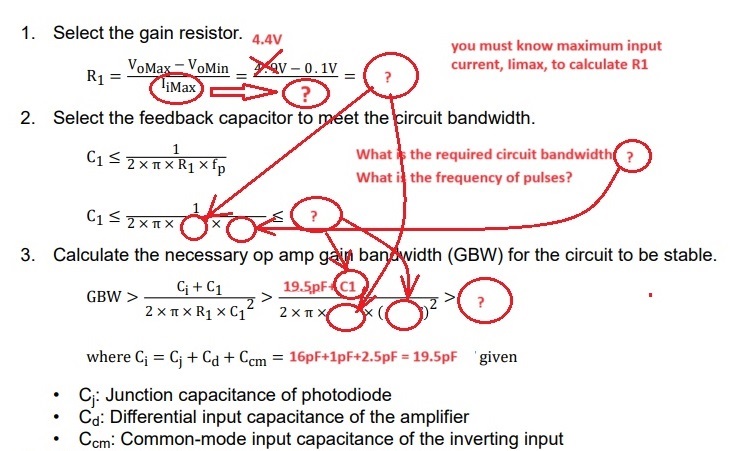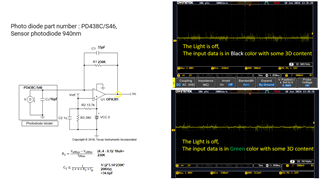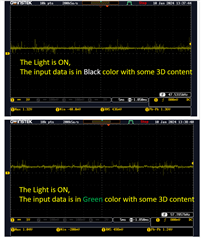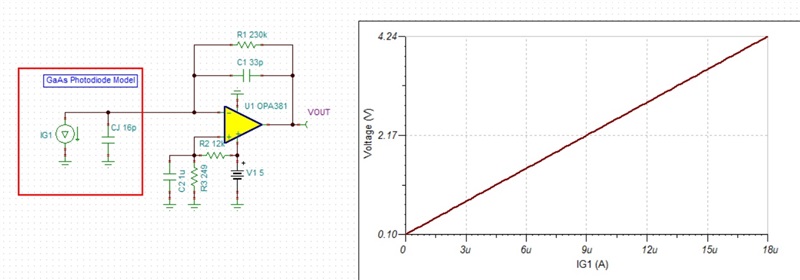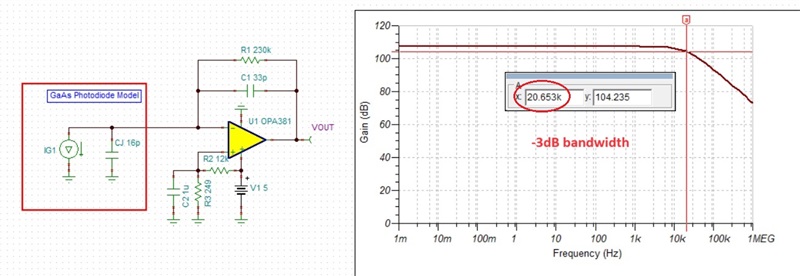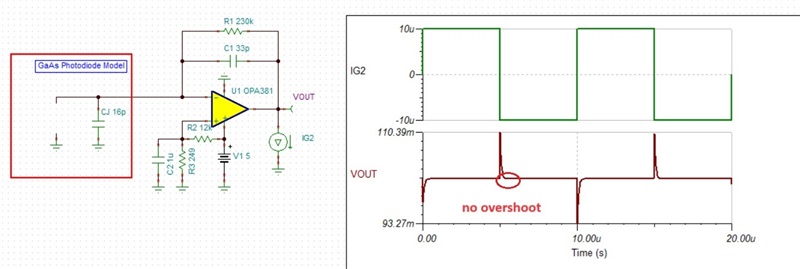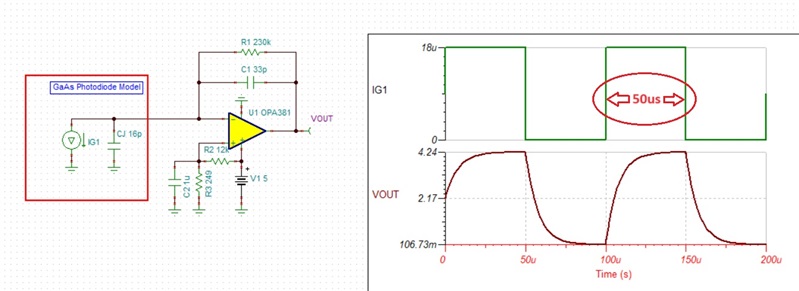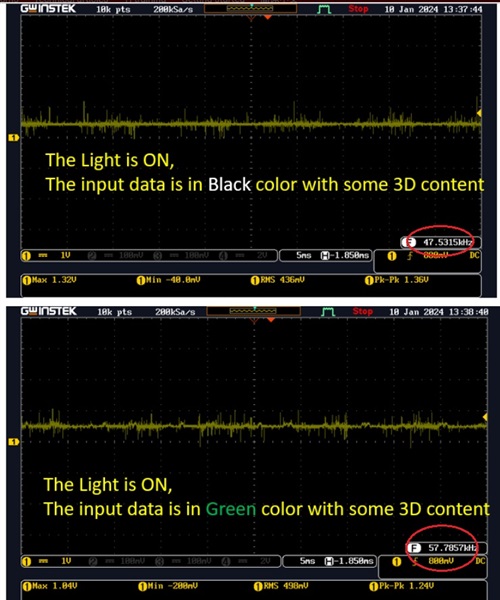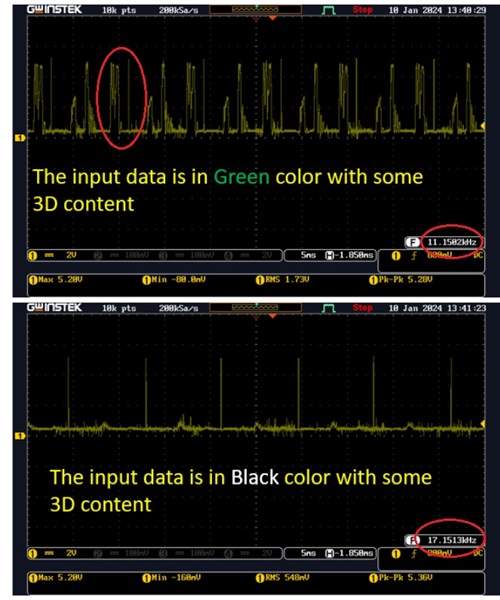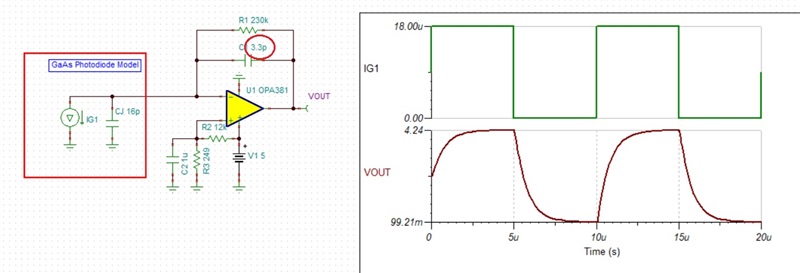Hi,
I am trying to detect the DLP white Pulse through photodiode (#PD438C/S46) but DLP signals are not detected when ambient light is ON.
Here is the circuit that i am using
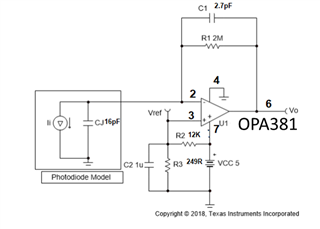
Here is graph when the input data is in black/green colour with some 3D content.
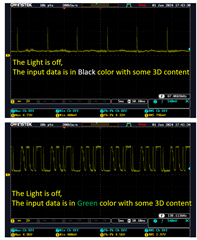
We got continuous 5V signal when the ambient light is ON so can anyone tell us how to detect the DLP signal and remove the unwanted noise?
Thanks,
Yamini



